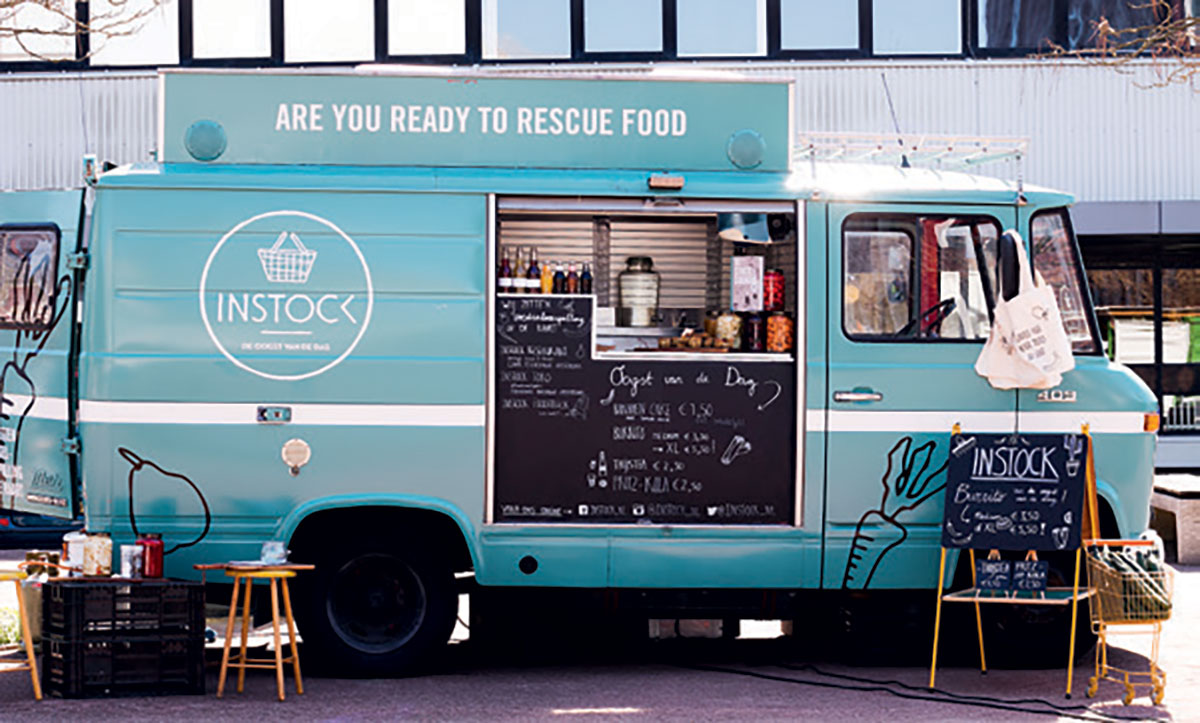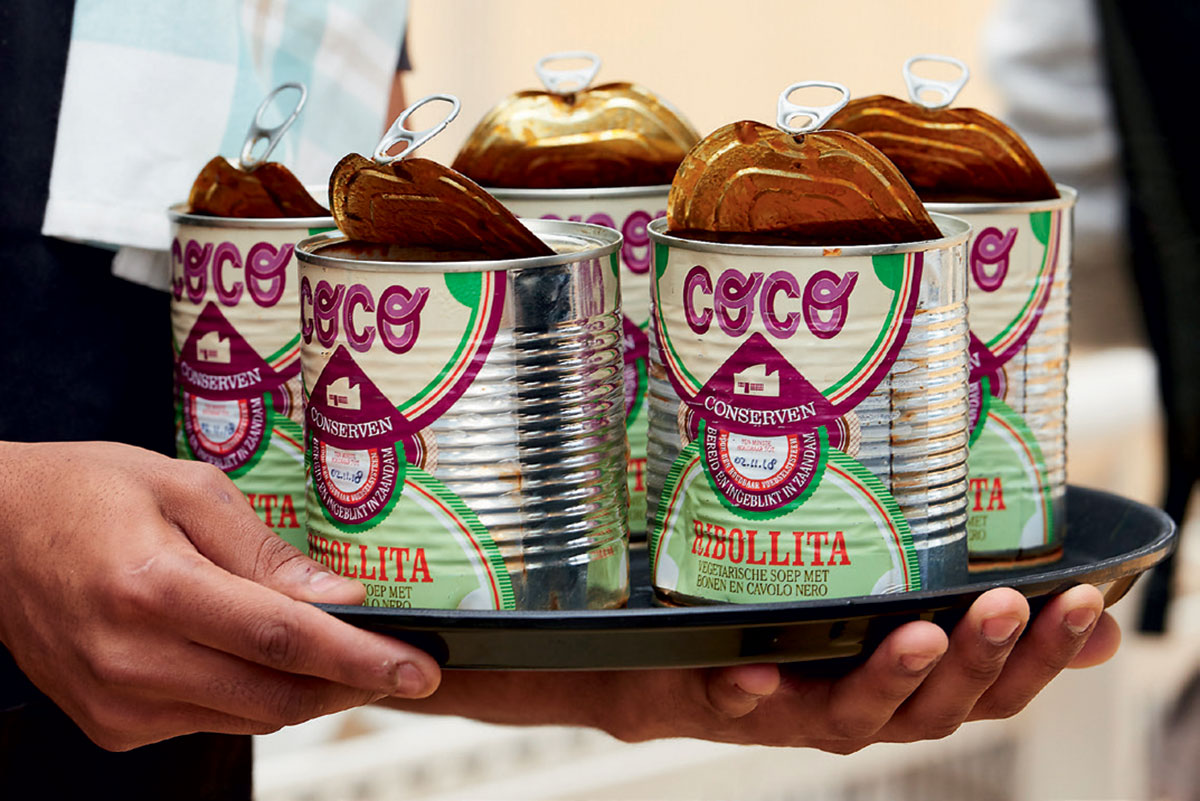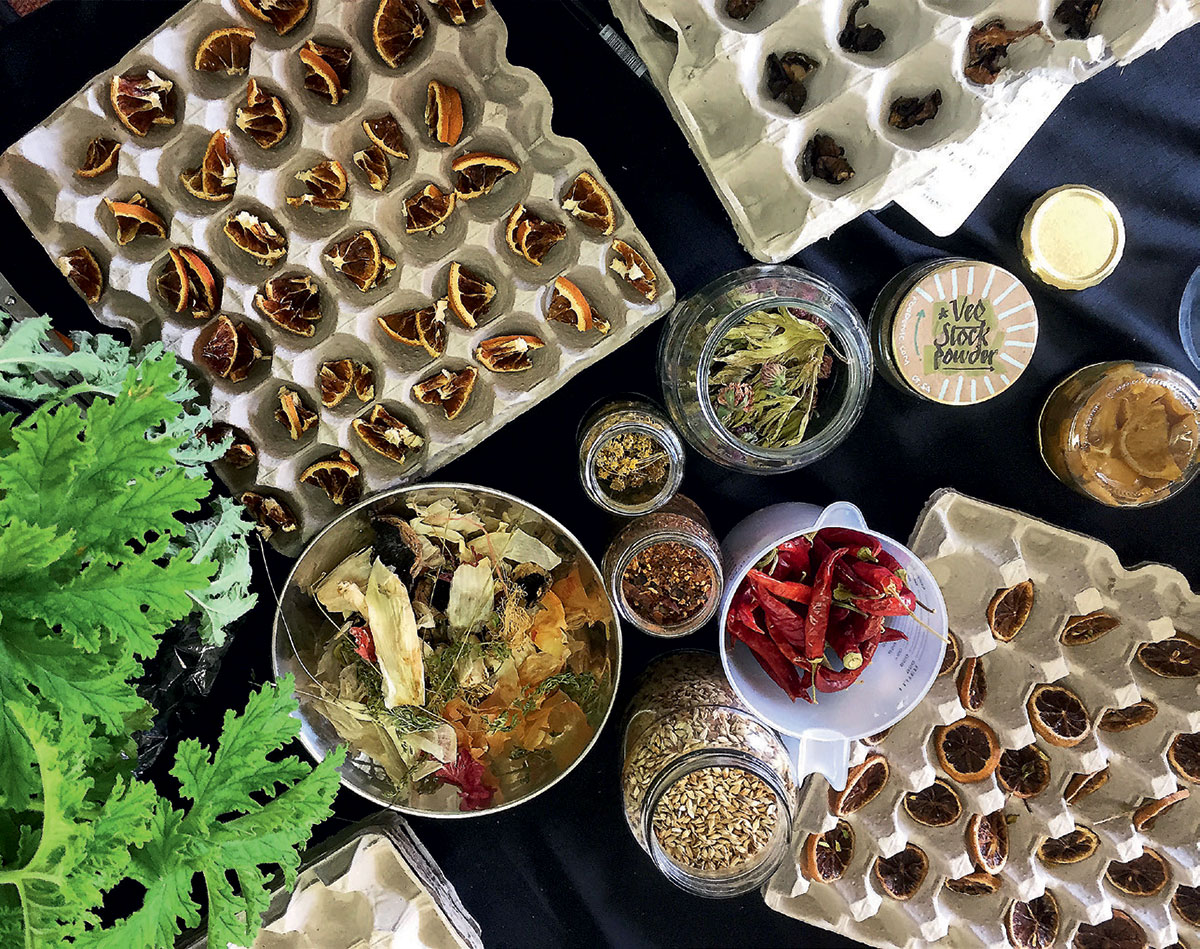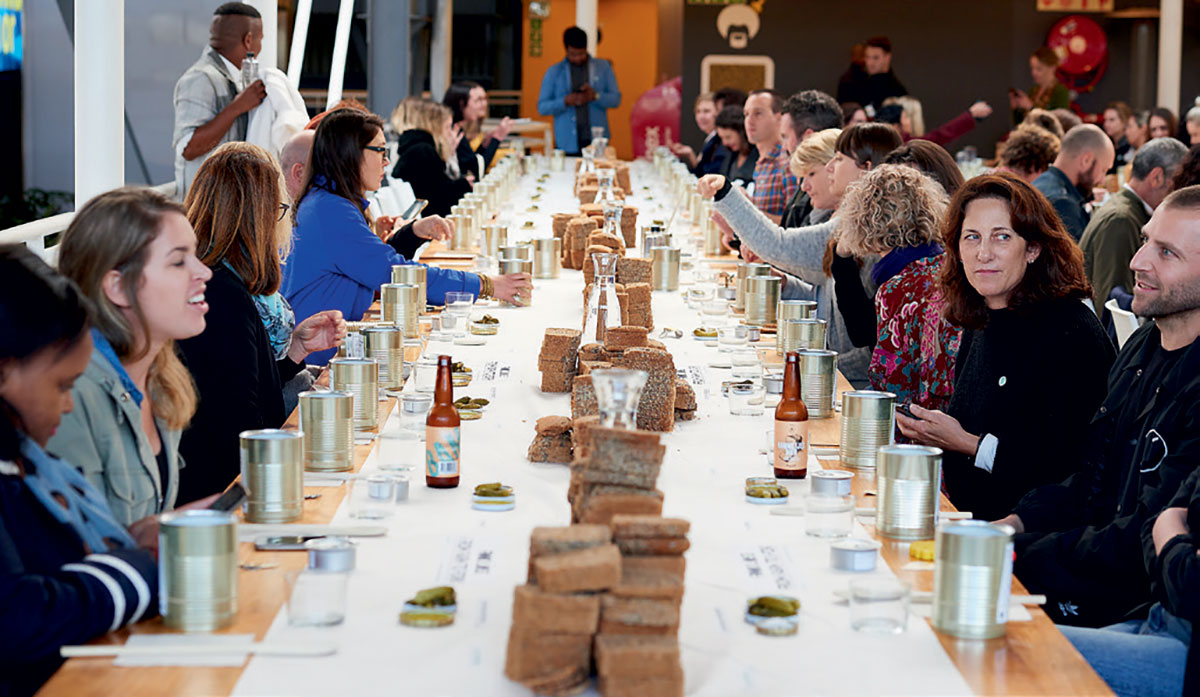4 ways to think out of the bin when it comes to food waste
Anthony Bourdain released a food waste documentary, Dan Barber ran another waste-menu pop-up in London and, locally, food experience designers Studio H held a conference with a line-up starring the who’s who of produce rescuers. Here’s what they brought to the table…
There’s money to be made
The most important thing Holland’s InStock wants you to know? It’s possible to turn surplus food into delicious meals and build a profitable business! InStock was started in 2014 as a pop-up restaurant by a group of trainees who became disillusioned during an graduate programme at a Dutch supermarket chain when they saw the amount of edible food being discarded every day. Since then, the business has expanded to include three restaurants that use 80% surplus food for their menus, two craft beers brewed using rescued potatoes and bread and a granola made from the malt left over after the brewing process. The amount of food they’ve saved? 300 000 kg!

Pictured above: The InStock food truck
Canned foods can be cool

There’s more to canned food than baked beans and creamed corn. In certain parts of the world, canned goods – think rillettes in France and sardines in Spain – are considered premium products. With its high-end canned range, it is Dutch-based company Coco Conserven’s mission to make people rethink canning as a sustainable means of food preservation. Not only can tin be recycled infinitely without any loss of quality, canned foods don’t need refrigeration while being transported and can be stored at room temperature without any loss of quality. Aimed at the high-end market, Coco Conserven’s range includes goose rillette (Holland has an overpopulation of geese, making them a more sustainable option than duck), vegetarian ribollita (served at the Food Studio Conference) and pork ragù. “It’s where artisanship meets industry,” says co-founder Sascha Landsho.
Try our creamy rosemary and chicken ragu recipe here.
Eat local, be flexible

“Curbing food waste is about using what you have, rather than buying something extra,” says Food Civic founder Zayaan Khan. “If a recipe calls for lemon, for example, but you have suurings (wild sorrel) growing in your backyard, use them.” Zayaan aims to reconnect Capetonians with their food through storytelling, taking a closer look at the ingredients growing right on their doorsteps, and interactive workshops. A huge part of the project is addressing serious issues including food security and waste by demonstrating traditional preservation techniques such as smoking, fermentation, dehydration, salting and pickling. Zayaan also makes and sells a host of preserves using surplus produce from small-scale local organic farmers and ingredients she forages herself: “superpowered” salt with dried beetroot, Cape Flats fennel and St Helena Bay seaweed; fermented brinjal-and-carrot atchar; and mushroom “biltong”.
Zaayan Khan
Discover recipes using leftovers here.
Excess is out

Picture it: a conference breaks for lunch. Around a long table, delegates take slices of bread from seed loaves perched unceremoniously on top of newsprint. Pickle juice-and-rescued tomato cocktails are handed out. Open cans of low-waste brinjal-and-mushroom pâté are passed around – with the folded lids serving as spreaders. The main course? Ribollita made from surplus veggies, from a can. And no, the organisers didn’t run out of money. On the contrary. Run by food-experience designers Studio H, 2017’s Food Studio Conference – titled The Business of Food – aimed to make all convened think twice about where their food comes from and where a lot of it inadvertently ends up. The lunch was the perfect crystallisation of the topics discussed during the day – from food preservation as time travel to the profitability of food waste.


Comments